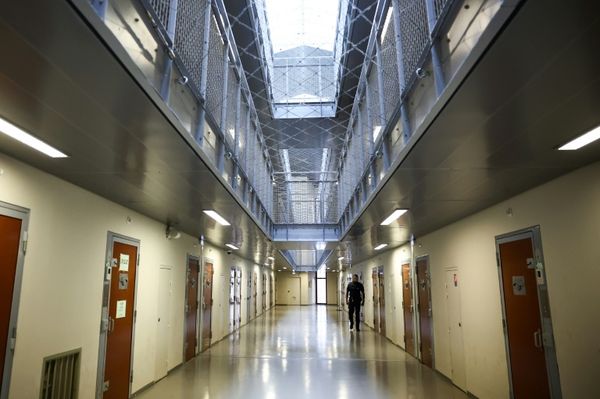
Australian seamen and women will soon return to the briny deep after enjoying some well-earned rest and relaxation.
HMAS Farncomb is docked at Melbourne's Station Pier, the first Collins class submarine to visit the city in 2025.
The electric-powered submarine's crew of about 80 is at the tail end of their seven-day stay and preparing to dive again.

Leading seaman Gerard, whose surname has been withheld by AAP for safety reasons, made the most of the time on dry land.
The Victorian native took a trip to the snowfields with friends and gave his family a tour of his unique workplace.
"They were very impressed," the acoustic warfare analyst told AAP on Thursday.
"You can stand in any spot in the submarine and chat for 10 minutes at least about what's going on in that small space."
Gerard toggles between running the sonar system - listening to, locating and analysing ocean noises - and driving the submarine.

The crew is split in two and rotates across six-hour shifts.
There was an entertainment area downstairs where crew watch movies and hang out, Gerard said.
Needing to eat and wind down, it doesn't leave enough time for the seven to nine hours of sleep adults are recommended to get each night.
"A lot of the time we'll do emergency response training as well," he said.
"You're not guaranteed a full off-watch in your bed."

The Melbourne visit is part rest and recuperation and part maintenance and replenishment.
HMAS Farncomb is one of six Collins-class submarines which entered service from the mid-1990s.
Someone has to remain on the submarine at all times and there are still working days, so the crew isn't always off the clock.
Maritime logistics officer Claudia follows the submarines across the nation, prepping for them to go in and out of port.
"They're definitely shooting up," the lieutenant said of her frequent flyer points.
Claudia, whose surname has also been withheld for safety reasons, described her role as being the crew's "problem solver" on the ground and said every problem was different.

"It keeps me on my toes," she said.
"I joined when I was 26 ... I didn't want to be stuck behind a desk for the rest of my life.
"I'm still a small cog in a big machine, but when you're working towards a bigger goal ... it's very rewarding."
In 2024, the federal government signed a $2.2 billion, four-year deal with ASC to ensure the Collins fleet were operational into the 2030s and beyond.
Under the AUKUS agreement, Australia has been promised at least three Virginia-class nuclear submarines from the US in the early 2030s, before a new fleet of vessels is built for delivery from the 2040s.
The Pentagon announced a review of the $368 billion AUKUS security pact in June.
It was originally slated to take 30 days before being extended.







